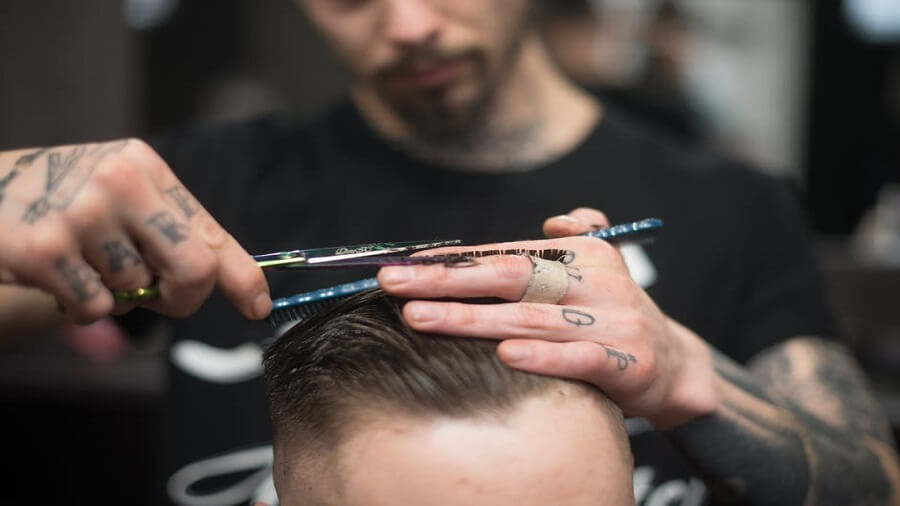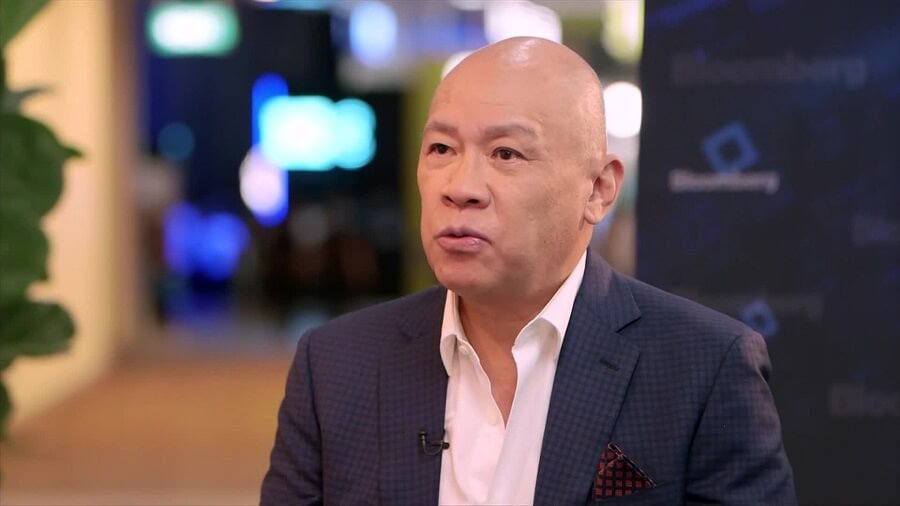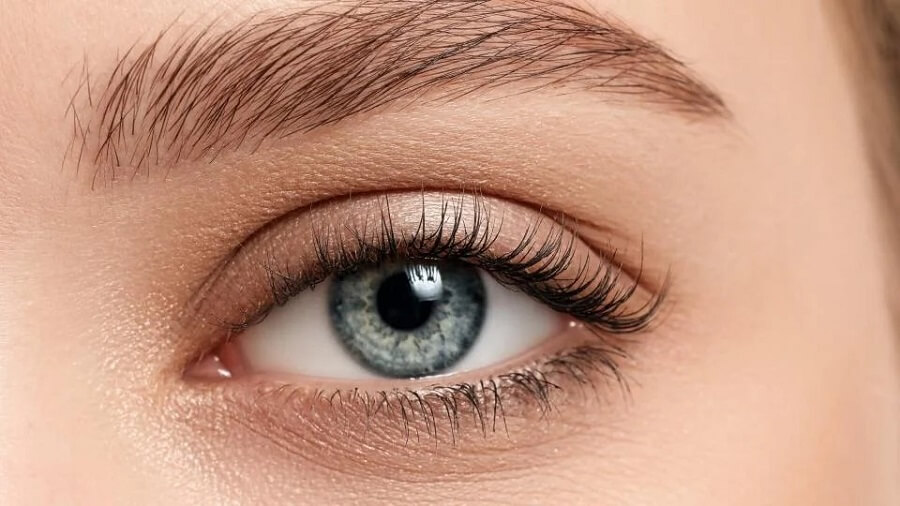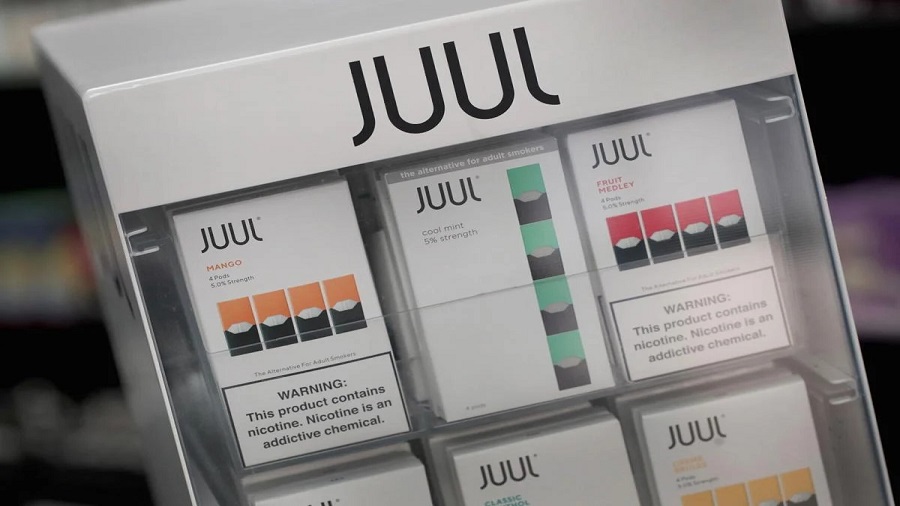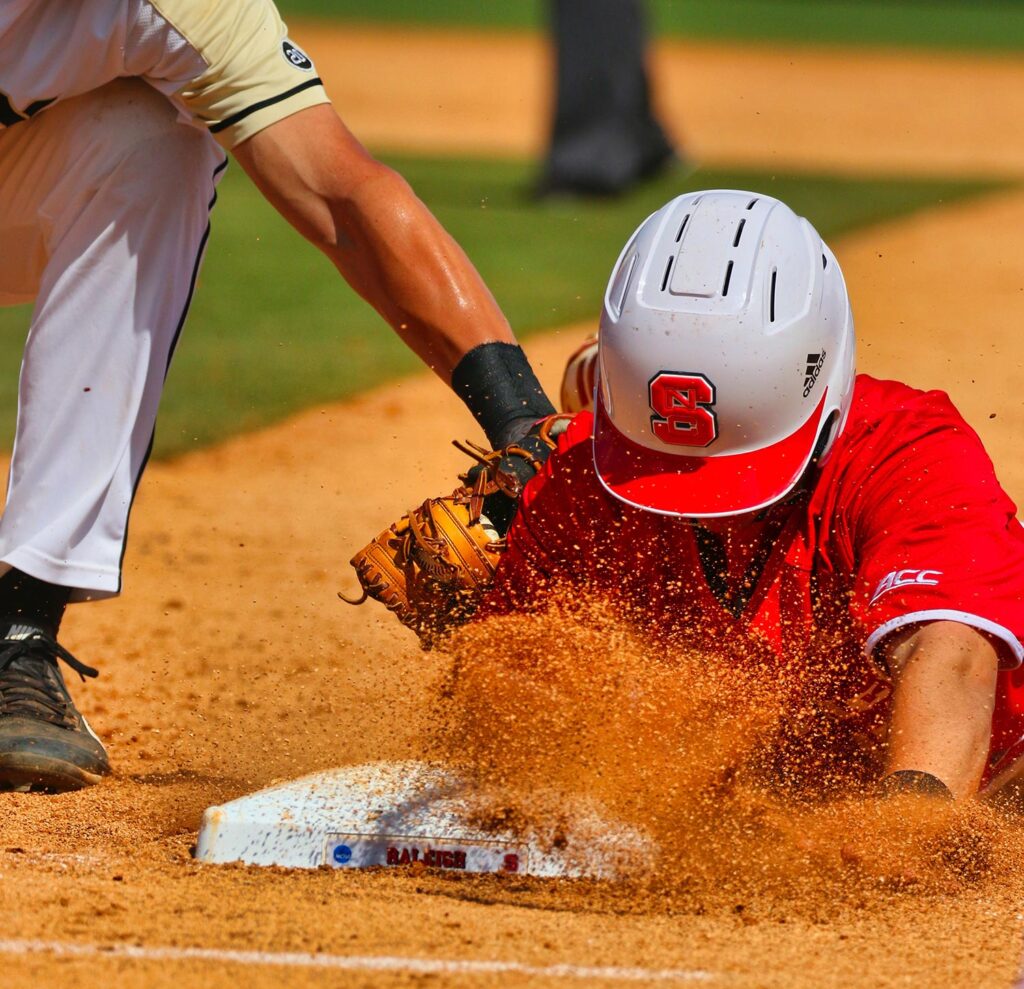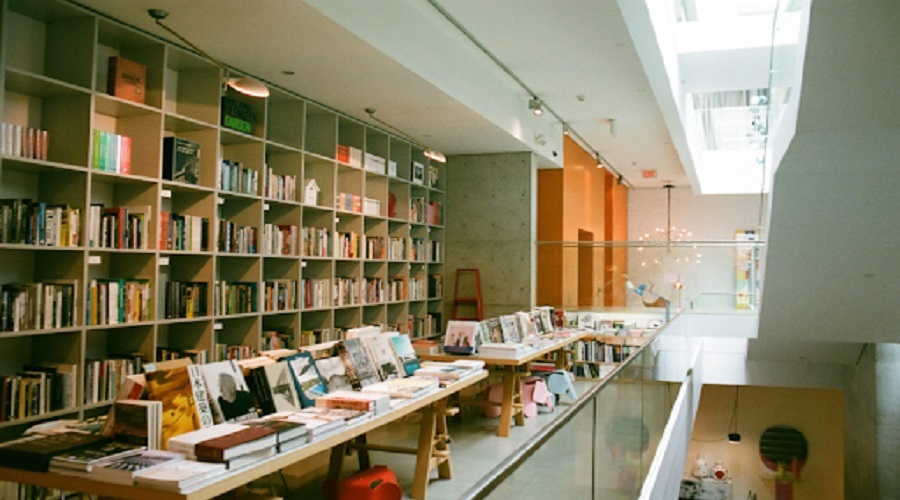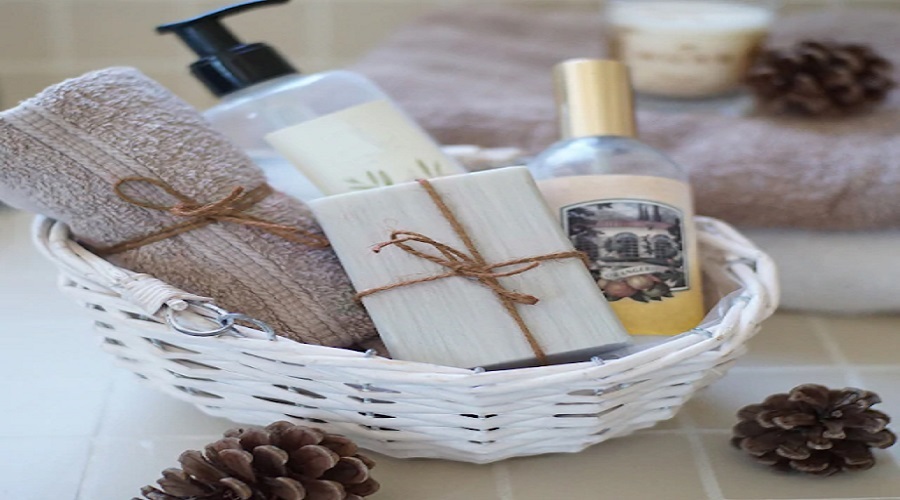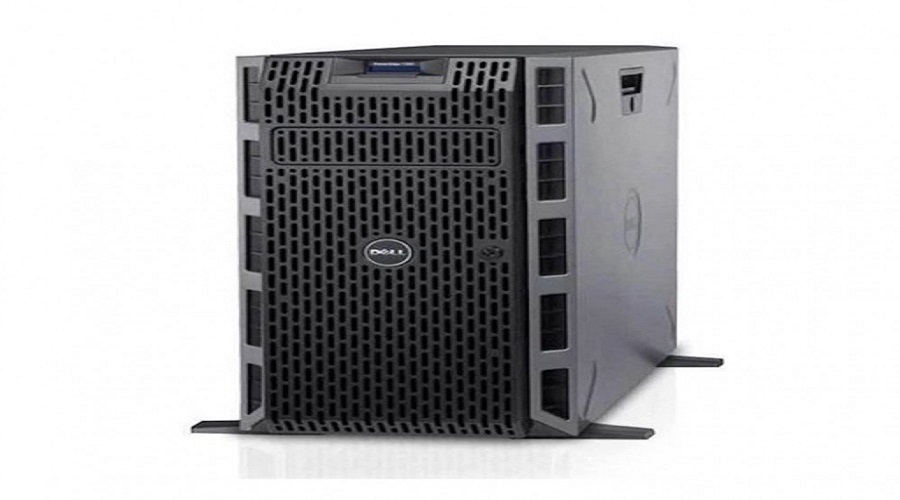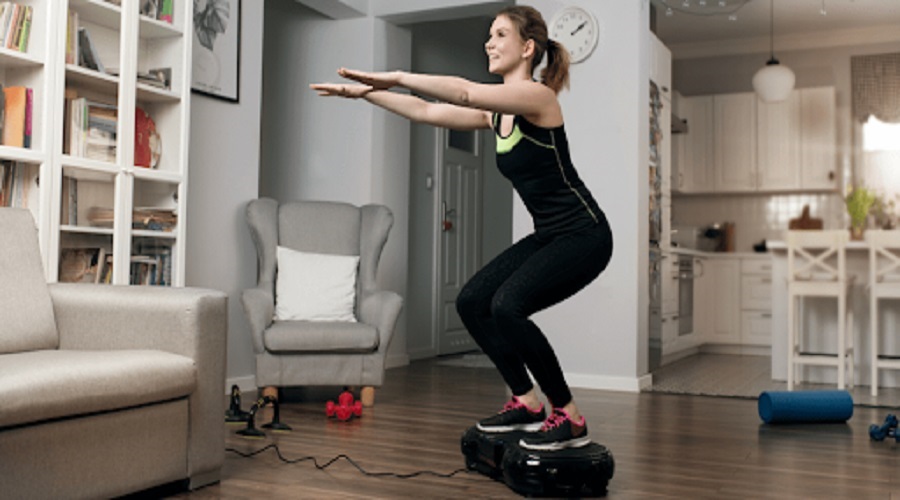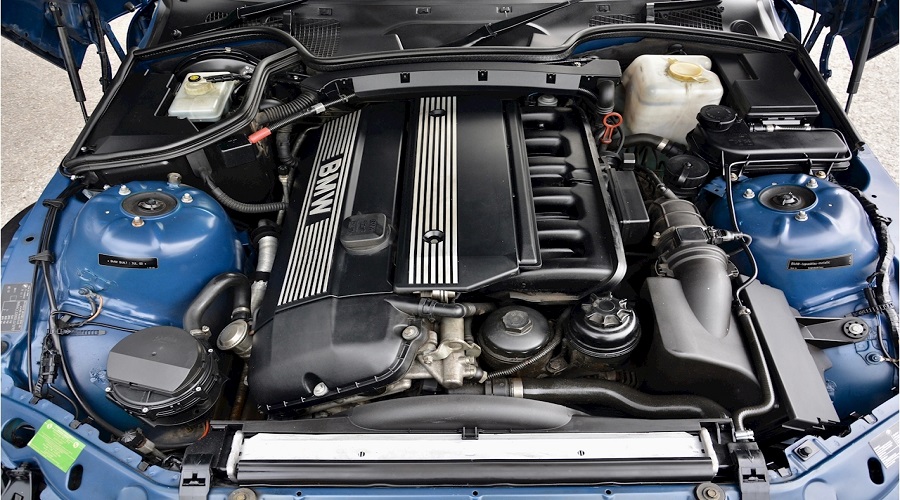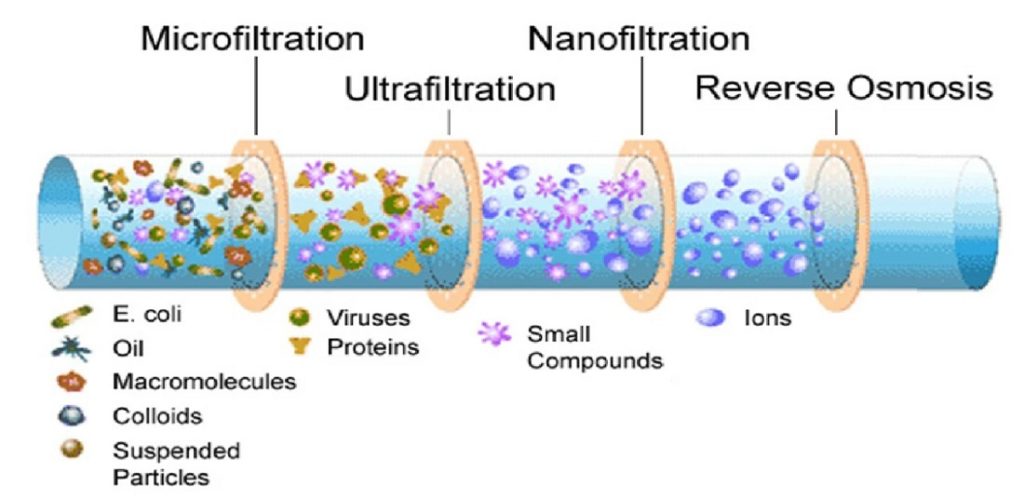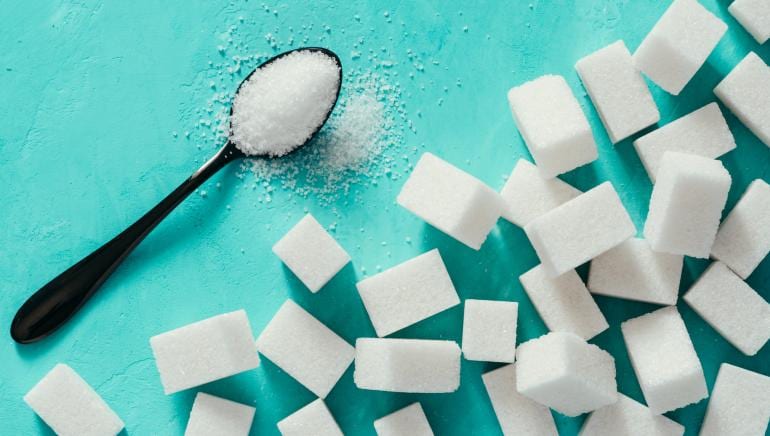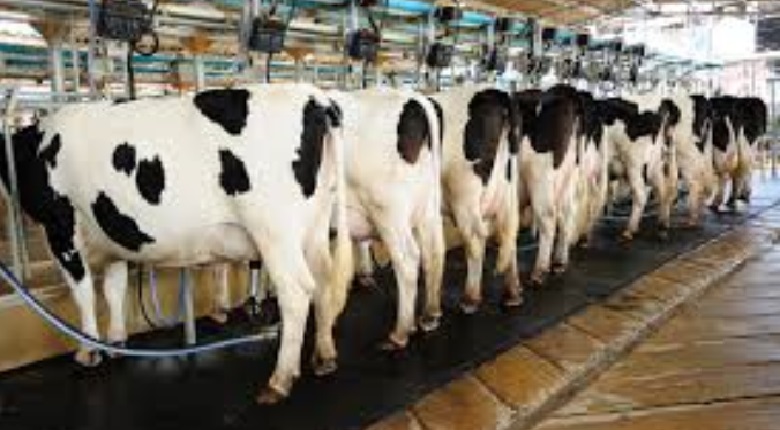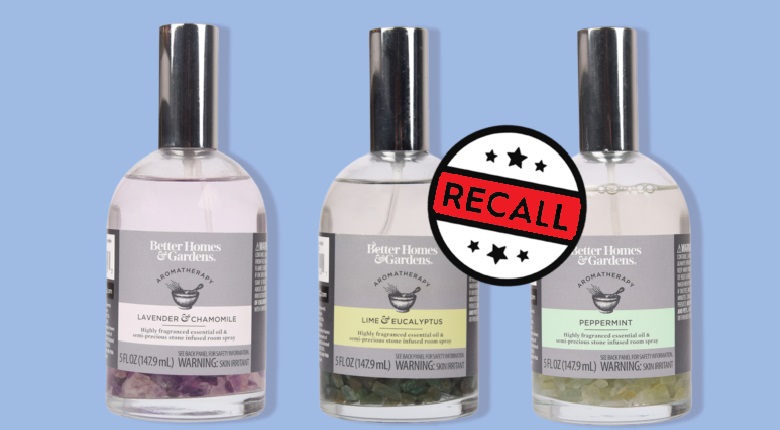Top Flooring Types with High Value and You Can Afford

There are different flooring types today, but while tiles is the commonest, and used universally in both personal and commercial buildings, there are other good Alternatives.
The following are other trending floor surfaces we’ve compared their cost, laying, durability and fitness, and other factors you can consider before going for any of these flooring types.
Laminate
The top protective layer protects against impacts and dirt, the decorative layer can take on any look and the bottom support plate is pressed with the two upper layers.
Since laminate is available in different quality levels, it can be laid in all residential and commercial rooms, except in rooms where humidity is constantly high.
The high humidity can cause the laminate to swell, chaktty advised.
Advantages: Well suited for underfloor heating, very hard-wearing, easy to care for, available in all different sizes, colors and price ranges.
Disadvantages: Poor sound insulation, additional impact sound insulation is required.
Cleaning & Care: Cleaning once a week, wipe with a damp cloth, use special cleaning agents, do not use abrasive agents.
Parquet – The Wood Variant
Wooden floorboards have been used as flooring for many centuries. Again, the floor consists of several layers, either two or three layers.
In contrast to laminate, parquet is glued over the entire surface.
The noble floor is ideal for the living room, bedroom and children’s room, according to business pally.
Parquet should be avoided in kitchens or bathrooms, because the high level of moisture can also damage the floor here, according to Techpally.
Advantages: Great variety and beautiful appearance, regulates room climate, free of pollutants, resistant, durable, contains no allergens.
Disadvantages: Expensive, not lightfast, reacts to temperature fluctuations.
Cleaning & Care: Floor must be sealed, care oils and wax to prevent scratches, vacuum with a gentle vacuum cleaner head, use a slightly damp cloth.
Carpet – The Soft Textile Floor
Carpets of a certain size were the forerunners of carpeting. At that time, these were laid on the floor and this is how carpeting developed.
The top layer of a carpet consists of yarn and is therefore the visible layer.
There are different qualities and materials that can be used as yarn. The backing layer consists of either fleece, textile or foam.
Carpeting can be laid very well in the bedroom, living room and children’s room. The carpet also looks good in hotel rooms or office areas.
Advantages: Versatile floor, reduces noise, absorbs very well, elastic, hard-wearing, creates a pleasant indoor climate, no pollutants, non-slip.
Disadvantages: Dirt adheres better to the fibers, difficult to remove stains.
Cleaning & Care: Regular vacuuming is very important, cleaning using a spray extraction method, do not rub stains too hard, use a damp cloth and dab the stain from the inside out.
Natural Stone – The Natural Floor Covering
The natural floor covering goes through countless processing and finishing processes until the end product, the tile, is available.
Not every quarry is suitable for further processing, so care must be taken when quarrying.
The special feature of natural stone floors is that each tile can be different and is therefore unique.
The marbling and structure is strongly dependent on the weather, age and environmental influences.
The most popular natural stones for living areas are granite, slate, marble, sandstone and limestone.
Each of these types of stone has individual properties. Natural stones are ideal for indoor and outdoor use.
Advantages: creates a warm and cozy living environment, sustainable, ideal for allergy sufferers, stable, robust, perfect for rooms subject to heavy wear, no use of chemicals, suitable for indoor and outdoor use, high thermal conductivity, non-slip
Disadvantages: rather expensive floor, hard floor and therefore not easy on the joints, prone to scratches, time-consuming cleaning, sensitive to acidic and abrasive cleaners, regular care is important
Cleaning & care: Thoroughly clean the floor, apply the impregnation to a dry surface, note that each type of stone requires individual impregnation.
It allow the impregnation to dry well, do not use a high-pressure cleaner, always follow the manufacturer’s care instructions, generally use pH-neutral cleaners, as the acid can damage the stone.




